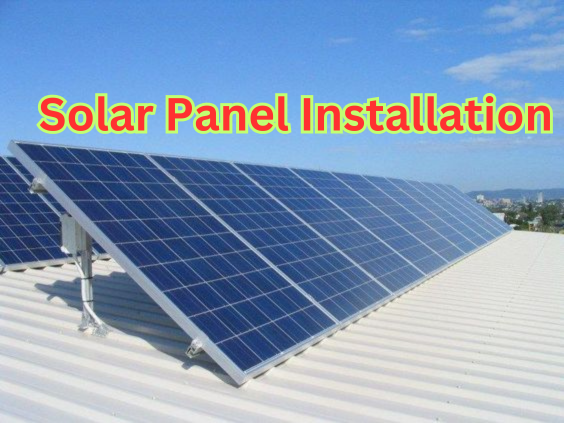Introduction solar panel installation
When it comes to solar panel installation, one of the key factors to consider is the tilt angle. The tilt angle refers to the angle at which the solar panels are positioned in relation to the ground. Choosing the optimal tilt angle is crucial as it directly affects the efficiency and performance of the solar panels. In this article, we will explore how to calculate the optimal tilt angle for solar panel installation.
Factors to Consider
Before diving into the calculation, it is important to understand the factors that influence the optimal tilt angle for https://solarplant.online/ panels. These factors include:
- Latitude: The latitude of your location plays a significant role in determining the optimal tilt angle. Different latitudes receive varying amounts of sunlight throughout the year, so it is important to take this into account.
- Seasonal Variations: The angle of the sun changes throughout the year, with higher angles in the summer and lower angles in the winter. Adjusting the tilt angle accordingly can optimize energy production.
- Panel Efficiency: Different solar panels have different efficiency ratings. The tilt angle can be adjusted to maximize the efficiency of the specific panels being used.
Calculating the Optimal Tilt Angle
Now that we understand the factors involved, let’s dive into the calculation process for determining the optimal tilt angle:
- Determine the Latitude: The first step is to determine the latitude of your location. This can be easily found using online tools or maps.
- Calculate the Seasonal Tilt Angle: To calculate the seasonal tilt angle, you need to consider the highest and lowest sun angles throughout the year. The highest sun angle occurs during the summer solstice, while the lowest sun angle occurs during the winter solstice. The seasonal tilt angle can be calculated using the following formula:
Seasonal Tilt Angle = Latitude + 23.5° × sin(360° × (284 + day of the year) ÷ 365)
- Adjust for Panel Efficiency: Depending on the efficiency rating of your solar panels, you may need to adjust the tilt angle. Panels with higher efficiency may require a lower tilt angle to maximize energy production, while panels with lower efficiency may benefit from a higher tilt angle.
- Consider Local Conditions: It is important to take into account any local conditions that may affect the optimal tilt angle. Factors such as shading from nearby buildings or trees can impact the amount of sunlight reaching the panels.
- Test and Monitor: Once you have determined the optimal tilt angle, it is recommended to test and monitor the performance of your solar panels. This will allow you to make any necessary adjustments to further optimize energy production.
Final thoughts
Calculating the optimal tilt angle for solar panel installation is a crucial step in maximizing energy production. By considering factors such as latitude, seasonal variations, panel efficiency, and local conditions, you can determine the ideal tilt angle for your specific location. Remember to test and monitor the performance of your solar panels to ensure they are operating at their highest efficiency.
